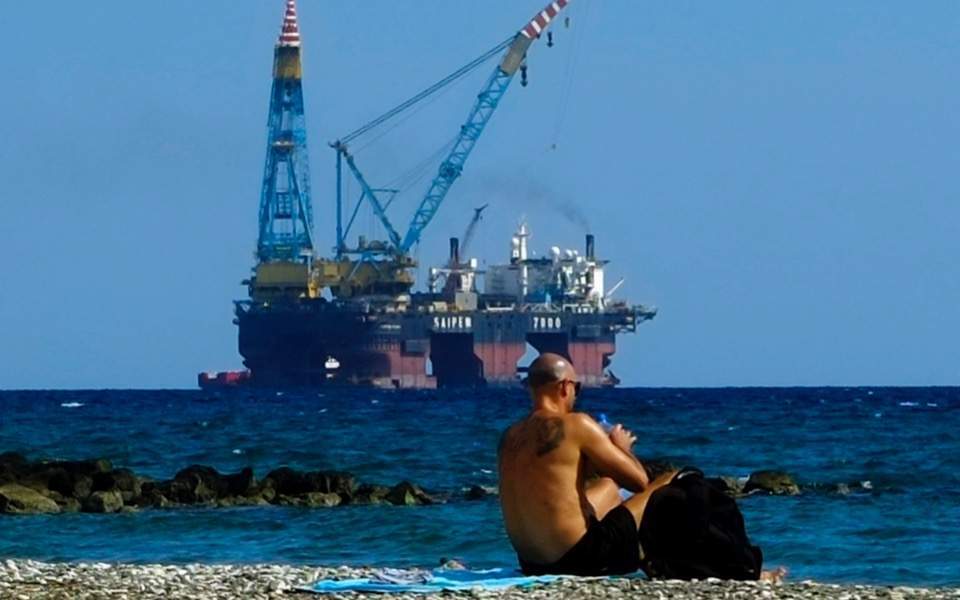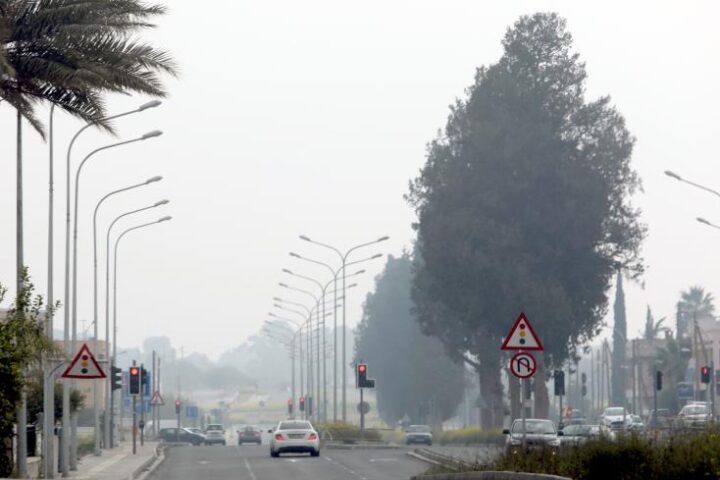Portfolio investors and fund managers have dumped petroleum futures and options, reversing the buying frenzy inspired by the production cuts announced by Saudi Arabia and its OPEC-plus allies at the start of April.
The position has essentially returned to where it was on March 21 before OPEC-plus surprised investors by announcing production cuts on April 2 totalling more than 1 mln barrels per day.
Benchmark Brent prices have also returned to where they were on March 21, at around $76 per barrel, after climbing to more than $87 in the middle of April.
A two-year rally in US oil and gas stocks is coming to a halt as falling crude prices and fears of a slowdown in the world’s biggest economy threaten producers’ ability to maintain bumper shareholder payouts.
But ExxonMobil finished the first quarter 2023 with $32.7 bln in the bank. Putting aside four quarters in 2007 and 2008, when oil prices zoomed to $150 a barrel, this is the most cash it has ever sat on.
Weaker operating conditions, including rampant inflation in oilfield services costs and falling productivity, are weighing on US shale oil companies as crude prices fall. This includes an estimated 30% to 40% cost increase in field operations, increased interest charges on borrowed money and, a drastic collapse in natural gas prices.
In addition, the environmental, social and governance (ESG) movement continues to influence Wall Street’s view of fossil fuel producers and their long-term value, given government efforts to accelerate an energy transition.
As a result, capital markets’ scepticism will continue to deter upstream spending, thereby contributing to a forthcoming surge in oil prices as supplies fall short of fast-rising demand.
The International Energy Agency (IEA) said in April that global oil production would increase in 2023 far more slowly than demand, which will hit another record later this year, leading to increased prices later in the year.
Only when the clouds over the US economy clear and oil markets begin to tighten will energy stocks come into favour again, say analysts. “We need to get past the recession fears”.
While several banks and analysts believe oil prices are set to climb later this year, economic uncertainty continues to be the main factor for oil markets.
COVID didn’t produce the permanent shift in oil demand that some anticipated.
The IEA projects demand to exceed 103mln b/d next year. Peak demand isn’t likely anytime soon.
Despite OPEC pre-emptively cutting production in April, currently the price has sagged well below what most economists expect. But Goldman Sachs believes that prices are still heading higher once the current negative drivers fade.
Goldman said that near-term demand fears, related to US banking stress, China industrial weakness, falling diesel margins fears of limited OPEC compliance to cuts have likely weighed oil prices downwards.
Their forecast remains that Brent will rise to $95/b by December and $100/b by April 2024.
In a move away from the dollar, Pakistani Minister of Power, Khurram Dastgir Khan said that cash-strapped Karachi hopes it can pay for future Russian crude oil deliveries in Chinese yuan.
OPEC Ministers downplayed the need for further oil production cuts to balance the market.
Suhail Al Mazrouei, the UAE energy minister, told reporters in Abu Dhabi this week, “I’m not that worried about the very, very short term. Let’s wait. This is not a prediction that I can give now or a decision, this is a collective decision,” on whether further OPEC-plus supply adjustments are needed.
Saudi Aramco’s first-quarter profits dropped to $32 bln on lower crude prices, which is still very high. The drop is from the exorbitantly high profits made last year.
With oil demand expected to carry on rising, according to the IEA, provided OPEC-plus maintains a firm control over oil production, prices will recover later in the year, restoring oil producers’ profitability.
Iraq and Turkey are yet are to reach a deal on restarting Kurdistan oil that have been shut for well over a month now even though agreement to restart was reached early April.
Turkey has discovered 1 bln barrels of oil in Sirnak Province in its southeast. The production target is set for 100,000 b/d. It could more than double Turkey’s oil production.
Gas supply variables
That’s after Turkey started gas production for its Sakarya gasfield in the Black Sea less than three years following discovery. When full production is reached by 2028 it could supply 30% of Turkey’s gas needs.
Turkey has opted to defer until 2024 as much as $600 million in payments to Russia for natural gas deliveries.
Europe got lucky with gas last winter. Thanks to mild temperatures, which significantly curbed consumption, and China’s zero-Covid policy, which let Europe import lots of liquefied natural gas that otherwise would have been unavailable, and they would tell you the crisis isn’t over for them.
Israel is in ‘secret talks’ with the Palestinian Authority – with US mediation – to develop the Gaza Marine gasfield and extract gas from off Gaza coast that could benefit the Palestinians economically and diffuse tension.
Output from Eni’s Zohr gasfield slumped 11% last year to 2.45bn cfd due to water infiltration. This drove down Egypt’s overall gas output, which has continued to fall in 2023, and which will impact volumes available to be exported as LNG.
Eni is drilling more wells to bring production back up.
Egypt’s gas hub ambitions are feeling the strain. A looming gas crunch next year amid rampant domestic demand comes as Egypt is battling soaring inflation and currency devaluation.
Appraisal drilling has begun at the Aphrodite gas field off Cyprus – a crucial step in accurately quantifying reserves, required to plan development.
To buy or not to buy: Europe’s joint gas purchasing is a risk that the platform will provide more expensive and not enough gas.
A McKinsey report said Europe must “immediately” reduce natural gas demand by 55 bcm to avoid substantial risk from a rebound in Asian demand or reductions in Russian imports.
Climate change
Massive growth in solar, heat pumps and EVs set the EU on track to reach 45% renewables by 2030.
The COP28 team is marshaling the oil and gas industry alliance ahead of climate summit – aim for zero routine flaring and near-zero methane emissions by 2030 on upstream operations.
Dr Al Jaber, COP28 president, outlined the UAE’s key COP28 priorities to be mitigation, adaptation, loss and damage, climate finance, and process innovation. In addition, the oil and gas sector is expected to commit to a more active and transparent role in tackling climate change.
Despite momentum growing rapidly for clean hydrogen’s role in a net-zero emissions future, the journey to reaching this target is still uncertain.
EU countries bordering the North Sea agreed to deploy 120 GW of offshore wind by 2030, and a minimum of 300 GW by 2050, in comparison to 30 GW up to now, making the North Sea the ‘world’s biggest power plant’.
Europe’s drought-driven future is here, decades earlier than expected. Fights over scarce water resources are likely to play out in the region as extremely hot and dry weather strikes more often.
Searing summer temperatures forecast in Europe and Northeast US – in store for sweltering summer temperatures well above historical norms, pose risks for crops and energy demand.
In the US, Microsoft commits to electricity from nuclear fusion and has signed a power purchase agreement with nuclear fusion energy startup Helion for at least 50 megawatts of electricity beginning in 2028.
FLAME LNG and gas conference 2023
Mild winter and high prices helped gas demand go down last winter in Europe. Regulation did little. It fell by 55 bcm in 2022, or 13%, its steepest drop in history. About 25% demand destruction is likely to be permanent.
We cannot rely on renewables alone. Intermittency is still a major challenge. We need realism and pragmatism, delegates said.
The EU is not sending the right signals to markets in terms of long term energy policies, with the risk of having more crises in the future. The energy industry needs a clearer framework to encourage investments.
In order to ensure security of supply interconnection is crucial both for electricity and gas, security is enhanced when all energy sources are interconnected.
Green hydrogen needs a reality check. Facility costs have actually risen, infrastructure development is insufficient and we are really short of renewable power.
New US liquefaction projects require 15+ year contracts. But EU utilities are only prepared to sign short term deals.
Europe got lucky
E.On, one of Germany’s top utility firms, said the energy crisis is not over yet, and the situation with energy supply in Europe could deteriorate later this year.
In the EU, a more ambitious Emissions Trading System (ETS) now also covers shipping.
German industrial output slumped by 3.4% in March, much more than expected, with recession fears rising. Also, German industrial order fell by 10.7% from February. The manufacture of motor vehicles and automotive parts fell by 6.5% on the previous month. Production in machinery and equipment fell by 3.4% and output in the construction sector decreased by 4.6% on the month.
Europe got lucky with gas. Better not tempt fate now. Ask any European industrialist, and they would tell you the crisis isn’t over for them.
Europe’s gas outlook looks rosier this year. The question is how long such luck can last.
Prime Minister Rishi Sunak said the UK will need fossil fuels for “next few decades” amidst North Sea oil field development opposition.
“It makes absolutely no sense to not invest in the resources we have here at home, to import foreign fossil fuels, not create jobs here and import them at twice the carbon emissions as our local resources.”
Dr Charles Ellinas, is Senior Fellow at the Global Energy Center, Atlantic Council
Tw: @CharlesEllinas










